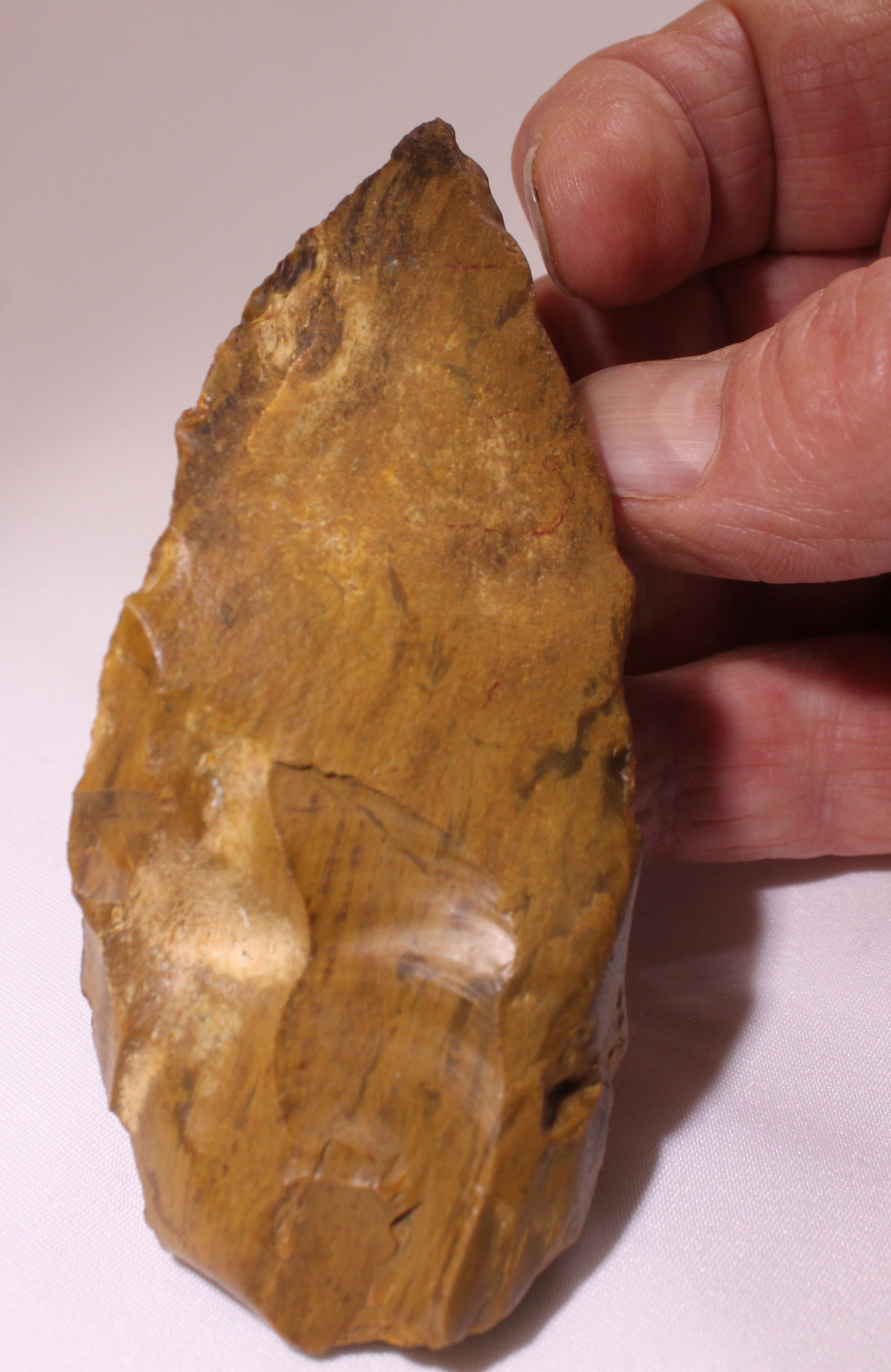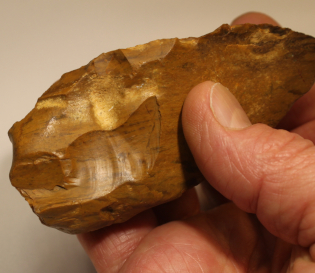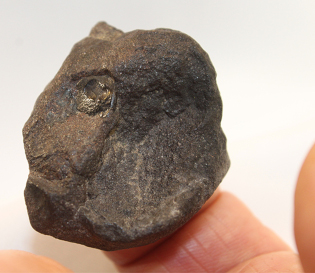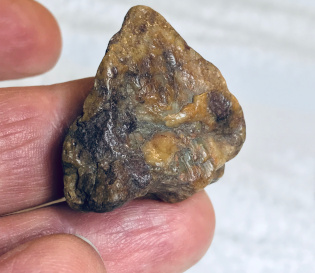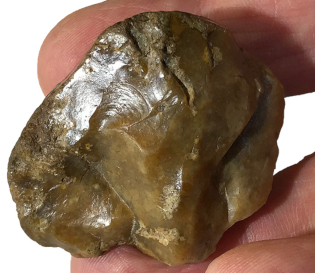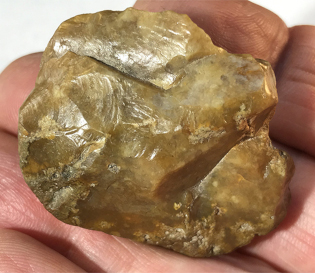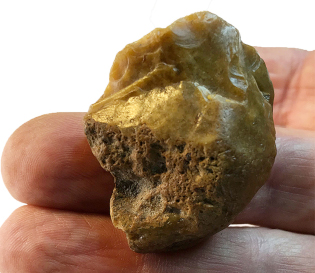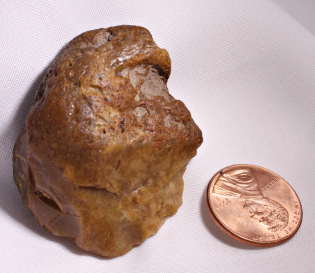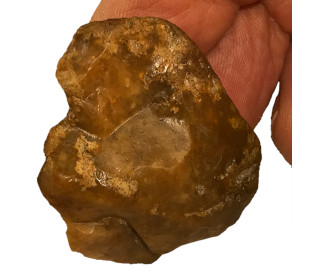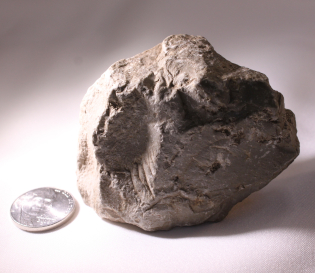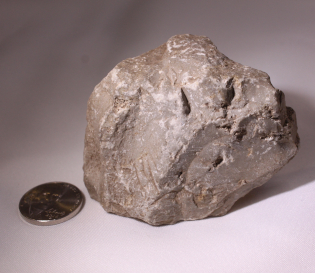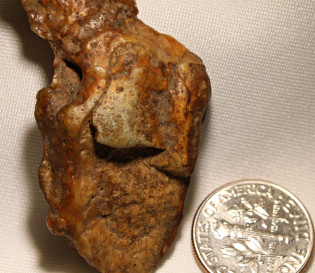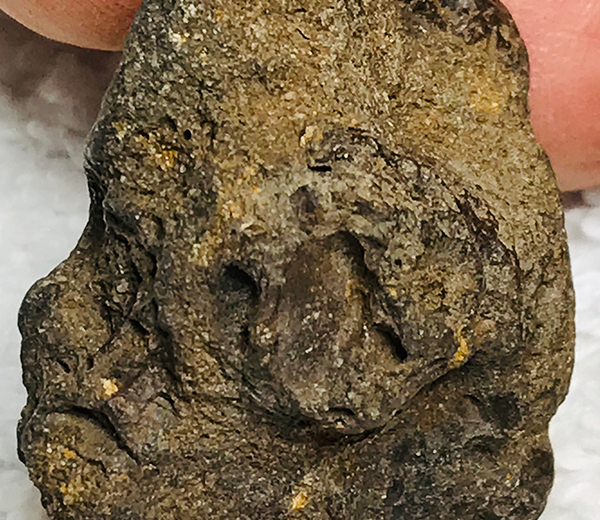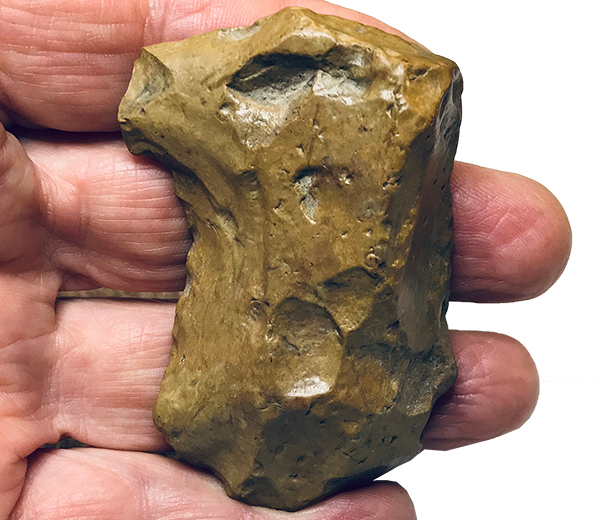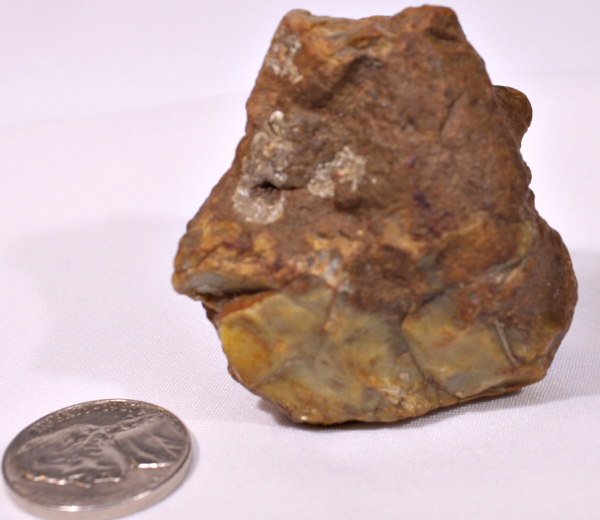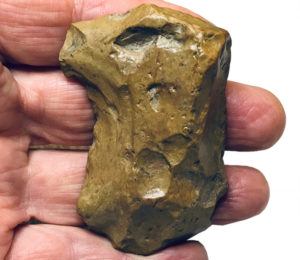 After completing Secrets of Ancient America in 2015, I was contacted by Tim Banninger from Kansas, who introduced me to the ancient artistic platform known as Portable Rock Art. Banninger showed me stones that appeared to be covered with carvings and sculptures. However, unlike fixed petroglyphs, these hand-held objects allow one to move and see three-dimensional art involving different facets and sides. I began noticing and finding portable rock artifacts, only to learn these stone artistic creations are quite abundant and available to those able to identify them. What I discovered is that the Ancients employed a three-dimensional artistic platform to create rock sculptures, which heretofore have gone unnoticed by Moderns.
After completing Secrets of Ancient America in 2015, I was contacted by Tim Banninger from Kansas, who introduced me to the ancient artistic platform known as Portable Rock Art. Banninger showed me stones that appeared to be covered with carvings and sculptures. However, unlike fixed petroglyphs, these hand-held objects allow one to move and see three-dimensional art involving different facets and sides. I began noticing and finding portable rock artifacts, only to learn these stone artistic creations are quite abundant and available to those able to identify them. What I discovered is that the Ancients employed a three-dimensional artistic platform to create rock sculptures, which heretofore have gone unnoticed by Moderns.
PRA has a wide range of groupings, including slight artistic additions on tools compared to extensive art-laden embellishments on stones having little or no functionality whatsoever. Even though PRA creations go back millions of years to the earliest humans, they largely have been overlooked by Moderns due to both a single-minded focus on utilitarian characteristics and modern perceptions that are neither tuned into nor aware of artistic assemblages.
PRA has largely have been overlooked due to both a single-minded focus on utilitarian characteristics and modern perceptions that are unaware of artistic assemblages and enhancements. Commonly accepted archaeological approaches addressing ancient art forms have limited moderns from seeing beyond known patterns and accepted concepts in archeology, anthropology and art history.
To bring to light these little understood and unrecognized artistic expressions of our ancestors I’ve written
More Than Meets The Eye addresses the history of PRA, how to identify PRA, early and contemporary researchers, descriptions of many PRA techniques along with a Guide to Portable Rock for collectors. With over 130 photos, More Than Meets The Eye may be the most comprehensive book on PRA available.
